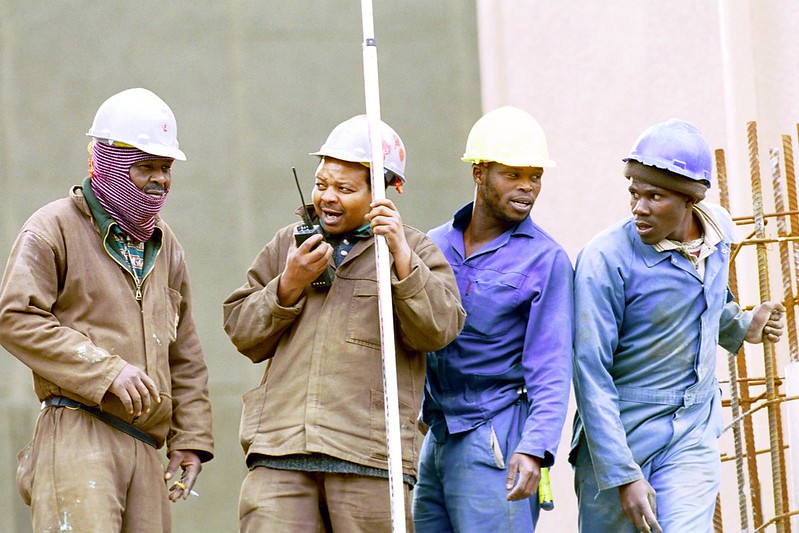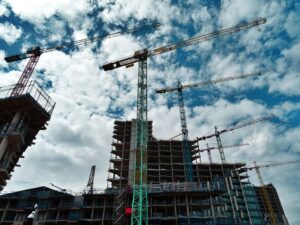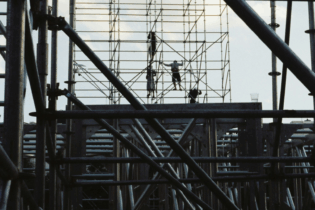Construction is the lifeblood of South Africa, a pivotal sector that houses many professionals- creating many jobs. This critical industry is undercut by a vast network of decentralised illicit groups who have been named, “the construction mafia.”
By Duncan Nortier
Construction workers are the lifeblood of South Africa. They face a new danger in the form of organised crime

Sentebale Makara director at Law firm Cliffe Dekker and Hofmeyr hosted a podcast discussing the laws around this organised crime
The site on which it is built
The construction mafia sees what many unemployed youths and impoverished communities see. The construction sector is a great space for creating employment and providing economic stability, in short, there is money to be made. The construction mafia undermines this, in effect removing any economic opportunities from people who desperately need it.The blurring between the public and private sectors, while ultimately beneficial, has left a gap for illegal activities that thrive on non-transparency. This has led to communities wanting to be included in the process and calls for more transparency as the communities that stand to benefit the most from construction projects are the ones who suffer when it has been captured. Organised crime has been growing in South Africa with construction sites at its centre and these groups target the sector for its vulnerable accountability and transparency. Addressing these concerns could help quell this form of extortion.
The bizarre world of the construction mafia
While similar to a fully functional mafia, the construction mafia differs in one key area, they are usually decentralised. This makes them both harder to stop and more erratic. A recent news story highlights the bizarre reality of these groups, where in a strange role reversal the construction mafia became the victim of the violence they usually perpetrate. Notable Mamelodi construction mafia group Boko Haram thought that arriving on a construction site in Bronkhorstspruit to disrupt the site and begin their extortion tactics was business as usual. Within a few minutes, the 5 gang members were kidnapped off-site, and tortured for 11 hours before eventually being murdered and dumped in Cullinan. Some construction workers on-site recall, “they didn’t even have time to make their demands” while others were seemingly happy with this outcome as “This project has generated a lot of employment, and disruptions could cost us that employment.” This vigilante attack on the gang led the remaining members to go into hiding as they do not know what information was revealed about the gang. This incident highlights both the prevalence of these extortion groups and the growing frustration with them.
Communities will often take the law into their own hands, a possible explanation of what happened to the Boko Haram gang
How to tackle the issue
The Inclusive Society of South Africa has laid out the impact and tactics that can be used to stop these groups in a comprehensive document. Notably, the methods they suggest for halting such organised crime include:- Promoting transparent project engagement
- Tackling economic inequality
- Addressing racial equality
- Rooting out corruption
- Broadly tackling organised crime
- implementing police reforms
- Infrastructure development for inclusive growth
- Leadership and accountability on all levels








